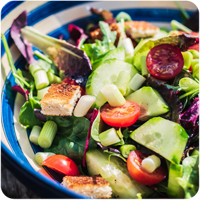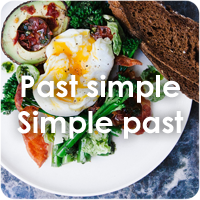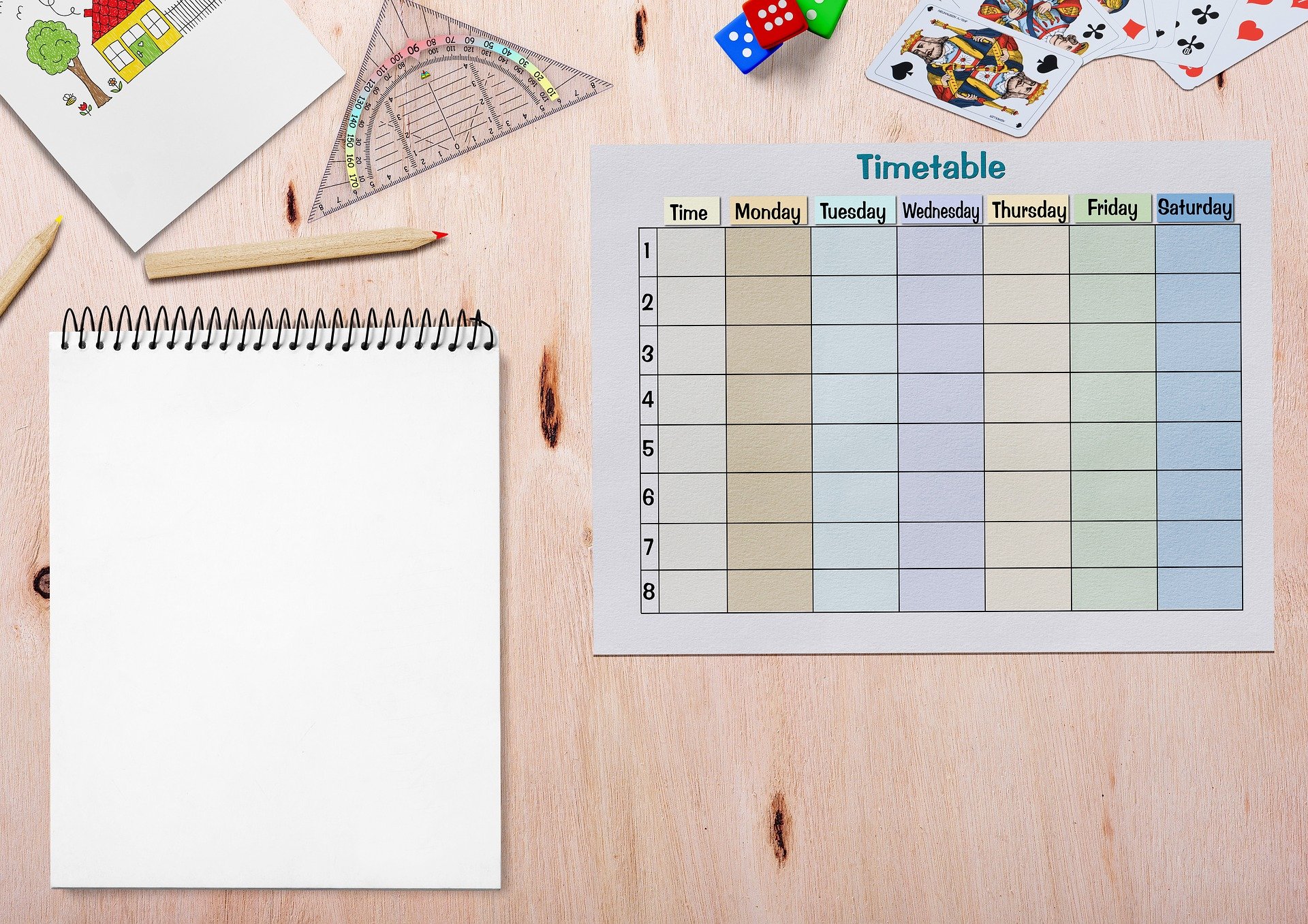Het arrangement 6.2 Lunch Break - tto123 is gemaakt met Wikiwijs van Kennisnet. Wikiwijs is hét onderwijsplatform waar je leermiddelen zoekt, maakt en deelt.
- Auteur
- Laatst gewijzigd
- 11-05-2025 18:06:08
- Licentie
-
Dit lesmateriaal is gepubliceerd onder de Creative Commons Naamsvermelding-GelijkDelen 4.0 Internationale licentie. Dit houdt in dat je onder de voorwaarde van naamsvermelding en publicatie onder dezelfde licentie vrij bent om:
- het werk te delen - te kopiëren, te verspreiden en door te geven via elk medium of bestandsformaat
- het werk te bewerken - te remixen, te veranderen en afgeleide werken te maken
- voor alle doeleinden, inclusief commerciële doeleinden.
Meer informatie over de CC Naamsvermelding-GelijkDelen 4.0 Internationale licentie.
Aanvullende informatie over dit lesmateriaal
Van dit lesmateriaal is de volgende aanvullende informatie beschikbaar:
- Toelichting
- Deze les valt onder de arrangeerbare leerlijn van de Stercollectie voor Engels voor tweetalig onderwijs, leerjaar 1, 2 en 3. Dit is thema 6 'School'. Het onderwerp van deze les is: My timetable. In deze les staat het lesrooster centraal. Daarnaast worden ook de pauzes en (gezonde) schoollunch gesproken. De grammaticaopdracht gaat over de 'past simple' en regelmatige werkwoorden.
- Leerniveau
- VWO 2; HAVO 1; VWO 1; HAVO 3; VWO 3; HAVO 2;
- Leerinhoud en doelen
- Engels;
- Eindgebruiker
- leerling/student
- Moeilijkheidsgraad
- gemiddeld
- Studiebelasting
- 1 uur 40 minuten
- Trefwoorden
- arrangeerbaar, engels, lesrooster, lunch break, past simple, pauzes, schoollunch, stercollectie, tto123
Gebruikte Wikiwijs Arrangementen
VO-content Engels. (2020).
1.2 Preferences - tto123
VO-content Engels. (2023).
6.2 My timetable - hv12

 The subject of this period is timetables and breaks.
The subject of this period is timetables and breaks.

 Jason’s timetable
Jason’s timetable Healthy lunch ideas for school
Healthy lunch ideas for school
 To be able to do all the assignments correctly, you need to know some words and sentences.
To be able to do all the assignments correctly, you need to know some words and sentences.
 Study the knowledge bank about 'past simple' (past tense) with regular verbs.
Study the knowledge bank about 'past simple' (past tense) with regular verbs.
 Speech card
Speech card An essay about your timetable
An essay about your timetable
 What have you learnt in this period?
What have you learnt in this period?
